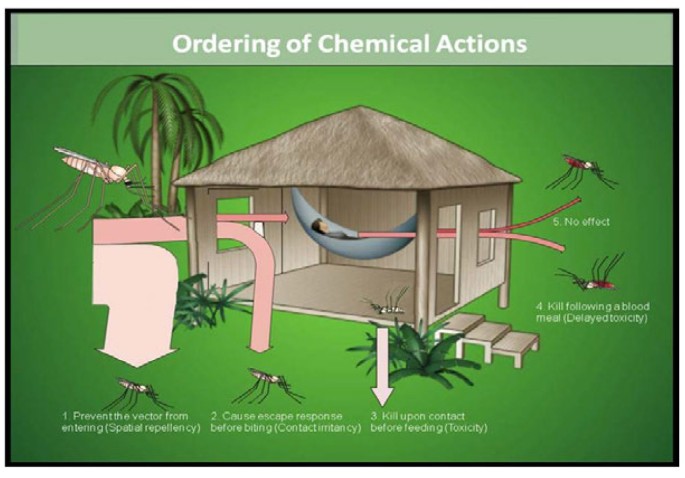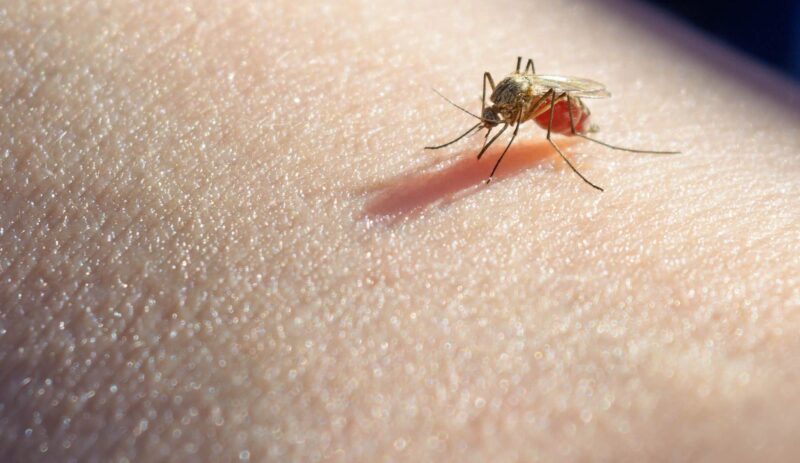Spatial repellents can keep you from using insecticides, which are often hazardous to your household’s health. Studies show that these repellents can change a mosquito’s behavior. The mosquitoes need to mingle with the chemicals dispersed in the air within the treated area.
What Spatial Repellents Are

These are repellents that are volatile. They prevent biting by making a space where possible hosts are safe from mosquito-borne diseases and bites. These repellents are more advantageous than the current repellents on the market because they last longer. This prolonged protection makes these repellents ideal for peri-domestic and indoor protection.
How They Work
Spatial repellents disperse chemicals into the surrounding air. This prevents mosquitoes from biting humans in that area. These repellents can also kill mosquitoes. These are the functions of these repellents:
- Interfere with a mosquito’s reproductive ability because they interrupt their mating behavior.
- Kill mosquitoes
- Prevent mosquitoes from getting into your home
- Reduce the probability of biting
- Block a mosquito’s ability to produce eggs and detect a blood meal
High doses are not necessary for spatial repellents to take effect. Because of this, you will not need to use large amounts of the active ingredient at all. Spatial repellents can reduce mosquito populations and bites.

The Effectiveness
Spatial repellents can enhance efforts to control mosquito-borne diseases. You can combine these repellents with other vector control strategies from the World Health Organization. Scientists believe that spatial repellents can help achieve global malaria eradication goals much faster. They can also lower the impact of dengue outbreaks.
These repellents are effective during the early morning or evening when people may not be using treated mosquito nets. They are also good for structures that do not have walls. In urban areas, people can have spatial repellents so that they can avoid spraying insecticides.
You should still use mosquito nets if you use these repellents. Doing so closes the gap in arbovirus or malaria disease control and prevention. You should all these repellents to what repellents you are using. Spatial repellents cannot replace the existing ones.

The Benefits
Spatial repellents can be as small as a regular sheet of paper. You do not need electricity or fire. This makes it easy to carry around or deliver. They also last longer than traditional repellents. You do not need to reapply them like topical mosquito repellents. If you want to protect yourself and your household against diseases, such as dengue, you will benefit more from these repellents. Here are other benefits:
- They can protect an enclosed or semi-enclosed space. These repellents can protect more than one individual. You can be sure that your household is safe if you use them.
- They are easy to use. The active ingredient is transfluthrin. Once your release their active ingredient into the space, it can repel mosquitoes.
- They do not use electricity or fire.
- They work non-stop for 30 days. You simply need to hang it in the space you need to protect.

Spatial repellents can help repel or kill disease-carrying mosquitoes. You can place one in your home and not worry about mosquitoes hurting your family. You can be confident that you are not spraying harmful chemicals in your home. This allows you to keep your household safe from hazardous substances as well.